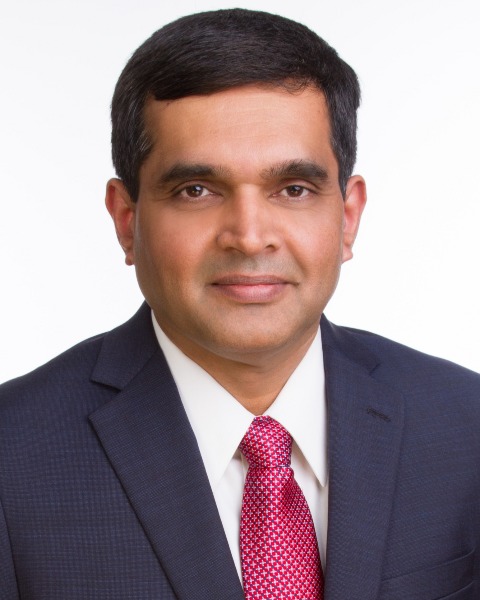Special Populations (SPO)
Category: Member Submission
Poster Session I
LB-008 - BRILAROXAZINE EFFICACY AND SAFETY IN THE PHASE 3 RECOVER TRIAL IN ACUTE SCHIZOPHRENIA
Wednesday, March 27, 2024
5:00 PM - 6:30 PM MDT
L. Bhat1, S. Bhat2, A. Ramakrishnan2, W. Khan2, A. Neburi2, S. Khan2; 1Reviva Pharmaceuticals Holdings Inc, Cupertino, CA, USA, 2Reviva Pharmaceuticals Holdings Inc., Cupertino, CA, USA.

Laxminarayan Bhat, PhD (he/him/his)
Founder, President and CEO
Reviva Pharmaceuticals Holdings Inc
Cupertino, California, United States
Presenting Author(s)
Background: Brilaroxazine, a serotonin-dopamine signaling modulator, displays partial agonist activity at D2/3/4 and 5-HT1A/2A receptors and antagonist activity at 5 HT2B/7 receptors. It also mitigates inflammatory cytokines implicated in neuroinflammation, an underlying disease driver. Phase 1 work in healthy volunteers and stable schizophrenia patients defined its safety and pharmacokinetic profile. Phase 2 study established efficacy and safety in acute schizophrenia or schizoaffective disorders. This experience led to the pivotal Phase 3 RECOVER trial to assess brilaroxazine’s safety and efficacy.
Methods: This randomized, double-blind, placebo-controlled, multicenter study evaluated brilaroxazine (15 mg or 50 mg daily) in acute schizophrenia patients (Mean Baseline Positive and Negative Assessment, PANSS: 98.22) for 28 days. Patient distribution for brilaroxazine 15 mg and 50 mg and placebo was 140, 134, and 137, respectively. The primary endpoint was a PANSS total score vs. placebo, baseline to Day 28. Secondary endpoints included positive and negative symptoms, PANSS social cognition, excitement/agitation, personal and social performance (PSP), clinical global impression severity (CGI-S), and safety (treatment-emergent adverse events, TEAEs).
Results: For the primary endpoint (PANSS total score) vs. placebo, brilaroxazine 50 mg achieved a 10.1-point reduction (-23.9 vs. -13.8, p < 0.001). It also achieved significant and clinically meaningful reductions vs. placebo in Positive (p < 0.001), Negative (p=0.003), and Negative Marder Symptoms (p=0.002); PANSS Social Cognition (p < 0.001) and Excitement/Agitation (p < 0.001); PSP (p < 0.001); and CGI-S (p < 0.001). The 15 mg dose was numerically superior to placebo for all endpoints and significant for social cognition (p=0.024) and PSP (p=0.022). TEAE rates were 34.5%, 35.5%, and 30%, and discontinuation rates were 19%, 16%, and 22% for brilaroxazine 15 mg, 50 mg, and placebo, respectively. The most common TEAESIs were weight gain (5.9%) vs placebo (2.9%) and TEAEs were headache ( < 6%) and somnolence ( < 7.5%) with 50 mg. Akathisia and extrapyramidal symptoms were < 1% and lipid changes were similar to placebo.
Conclusion: Brilaroxazine demonstrates significant efficacy at 50 mg and activity at 15 mg vs. placebo in acute schizophrenia. Both doses were well tolerated in this population.
